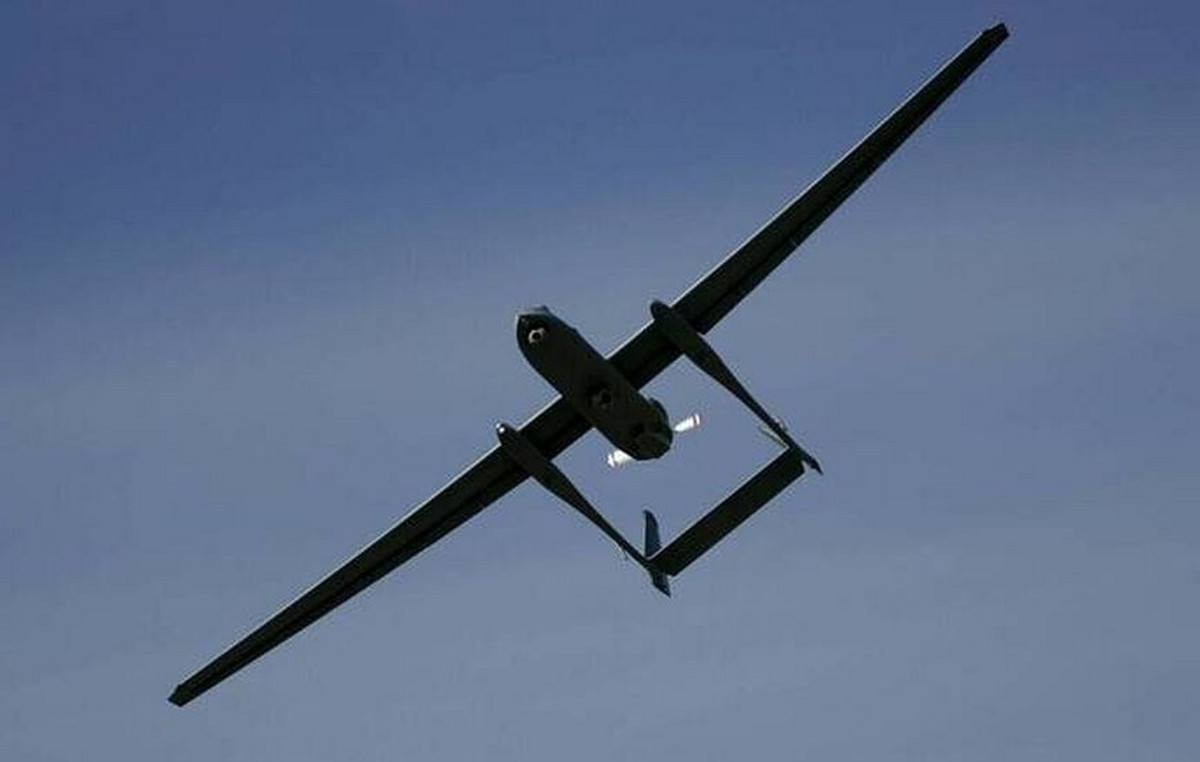NASA will launch a mission to fly by Venus. The spacecraft is expected to land in the planet’s hostile atmosphere in 2029. Called DAVINCI, an acronym for “Deep Atmosphere Venus Investigation of Noble Gases Chemistry and Imaging”, which could be translated as “investigation of the atmosphere of venus”, the mission will be the first to study Venus through flybys and descent.
The spacecraft is expected to explore the layered Venusian atmosphere and reach its surface in June 2031. The DAVINCI mission will be able to capture data about Venus that scientists have been eager to measure since the early 1980s.
Only two NASA missions have ever visited the second closest planet to our sun – Pioneer in 1978 and Magellan in the early 1990s.
The spacecraft will essentially serve as a flying chemistry lab, capable of measuring different aspects of Venus’ atmosphere and climate and taking the first descent images of the planet’s highlands.
The mission’s instruments will also be able to map the Venusian surface and detect the composition of Venus’ mountains.
These features, called “tesserae,” could be similar to Earth’s continents, meaning Venus could have plate tectonics, according to NASA scientists.
“This set of chemical, environmental and descent imaging data will paint a picture of the layered atmosphere of Venus and how it interacts with the surface in the mountains of Alpha Regio, which is twice the size of Texas,” said Jim Garvin, DAVINCI director and investigator at NASA’s Goddard Space Flight Center in Greenbelt, Maryland, in a statement.
“These measurements will allow us to assess historical aspects of the atmosphere, as well as detect special types of rocks on the surface, such as granites, while also looking for landscape features that tell us about erosion or other formation processes.”
The initiative would also investigate the possibility of an ocean in Venus’ past by measuring gases and water components in the deepest part of the atmosphere. Venus may have been the first habitable world in our solar system, including an ocean and climate similar to Earth – but something happened to turn it into a planet with temperatures hot enough to melt lead.
Venus likely maintained stable temperatures and harbored liquid water for billions of years before an event triggered drastic changes on the planet, according to a 2019 study. Study author Michael Way of the Goddard Institute for Space Science at NASA in New York, also co-authored a 2016 study on climate and oceans on Venus in its past.
Now, Venus is a nearly dead planet with a toxic atmosphere 90 times thicker than our home planet and surface temperatures that reach 462 degrees Celsius.
As DAVINCI must fly by Venus several times, it will use two instruments to study the clouds and map the highlands from orbit. The vehicle will then launch a descent probe carrying five instruments to the surface.
The descent will take about an hour and a heat shield will be used to protect the probe until it is about 67 kilometers above the surface. It will then discard the shield to sample and analyze atmospheric gases. The descent probe will also capture hundreds of images once it clears Venus’ clouds 30,500 meters above the surface.
“The spacecraft will land in the Alpha Regio Mountains, but it does not need to operate once it lands, as all necessary scientific data will be collected before it reaches the surface,” Stephanie Getty, Goddard’s deputy principal investigator, said in a statement. “If we survive the landing at about 25 miles per hour (11 meters/second), we could have up to 17 to 18 minutes of surface operations under ideal conditions.”
Source: CNN Brasil
I’m Susan Karen, a professional writer and editor at World Stock Market. I specialize in Entertainment news, writing stories that keep readers informed on all the latest developments in the industry. With over five years of experience in creating engaging content and copywriting for various media outlets, I have grown to become an invaluable asset to any team.







